Transgender vs intersex athletes: What's the difference?
)
To what extent do we tolerate natural biological variation in sports performance?
World Athletics has taken a stance against female athletes with differences of sexual development (DSD athletes), also referred to as intersex athletes. World Athletics long-standing controversial battle with South African athlete, Caster Semenya, has been highly publicised. Refer to Heart Health for Athlete’s article: Caster Semeny vs World Athletics: A synopsis
Genetically enhanced performance
Research findings indicate that genes play an authoritative role in determining athletic ability. Many athletes are genetically gifted, in other words they possess natural physiological advantages that bestow on them significant advantages over their competitors. There is growing evidence that world-class athletes carry a minimum set of particular 'performance-enhancing' genes. For instance, almost every male Olympic sprinter and power athlete ever tested carries the 577R allele, a variant of the gene ACTN3. Significantly, these advantages are not deemed unfair.
Female intersex athletes
While World Athletics (WA) accepts female DSD athletes like Caster Semenya as female, WA regulations exclude them from female competitions on the basis that their naturally occurring high testosterone levels gives them an unfair advantage over other female competitors. Yet, the actual levels of testosterone in female 800 m athletes can vary widely, influenced by genetics, training and medical conditions such as hyperandrogenism.
"Why are women who have high levels of testosterone asked about whether they have an advantage, whereas no questions are asked about levels of testosterone in male athletes?" Dr Payoshni Mitra, the CEO of the Global Observatory for Gender Equality & Sport (2023)
World Athletics stance on female intersex/DSD athletes
This raises questions about WA's treatment of female DSD athletes, like Caster Semenya, and why Semenya's “advantage” is treated differently. Furthermore, the application of WA's regulations is unusual because they have more recently targeted specific DSD conditions and specific events, leading to unfair situations where DSD athletes are eligible to compete in some events but not others. The inconsistent application of the rules has raised speculation that WA's introduction of "restricted" rules was established to specifically target Semenya.
In 2023, new regulations by World Athletics marked a significant shift in the regulation of female eligibility. This time, the regulations lowered the testosterone levels permitted, they applied to all events (not just Restricted Events), and they excluded transgender athletes completely. The regulations have disproportionate negative impacts on female athletes with DSD.
Summary of the evolving IAAF/WA regulations

Intersex is not the same as transgender
The issues relating to intersex athletes have become conflated in the media with those of transgender athletes. Transgender and intersex athletes represent two distinct groups with very different needs. Arguably, they are unrelated. While both groups often face significant challenges in sports, their experiences and the biological, social, and legal aspects related to their participation in athletics differ markedly.
It is important to note that Caster Semenya does not identify as “intersex”, preferring to be regarded as a woman, albeit a different kind of woman.
Points of difference between intersex and transgender
The experiences of intersex and transgender athletes are not the same. Key points of difference are described below.
Identity vs. Biology: Transgender athletes' primary issue is aligning their gender identity with their lived experience and competition category. For intersex athletes, the primary issue is managing biological characteristics that do not fit conventional categories of male or female.
Regulation Focus: Transgender athletes' participation is often regulated based on hormone levels post-transition, primarily focusing on testosterone. Intersex athletes face regulations based on naturally occurring hormone levels and physical characteristics, often without having undergone any transition.
Legal and Ethical Concerns: Both groups encounter legal challenges and discrimination, but intersex athletes also face significant ethical issues regarding medical interventions performed without consent.
Further distinctions in the lived experience of intersex and transgender athletes are elaborated in the table below.
Table: Intersex vs transgender - points of difference
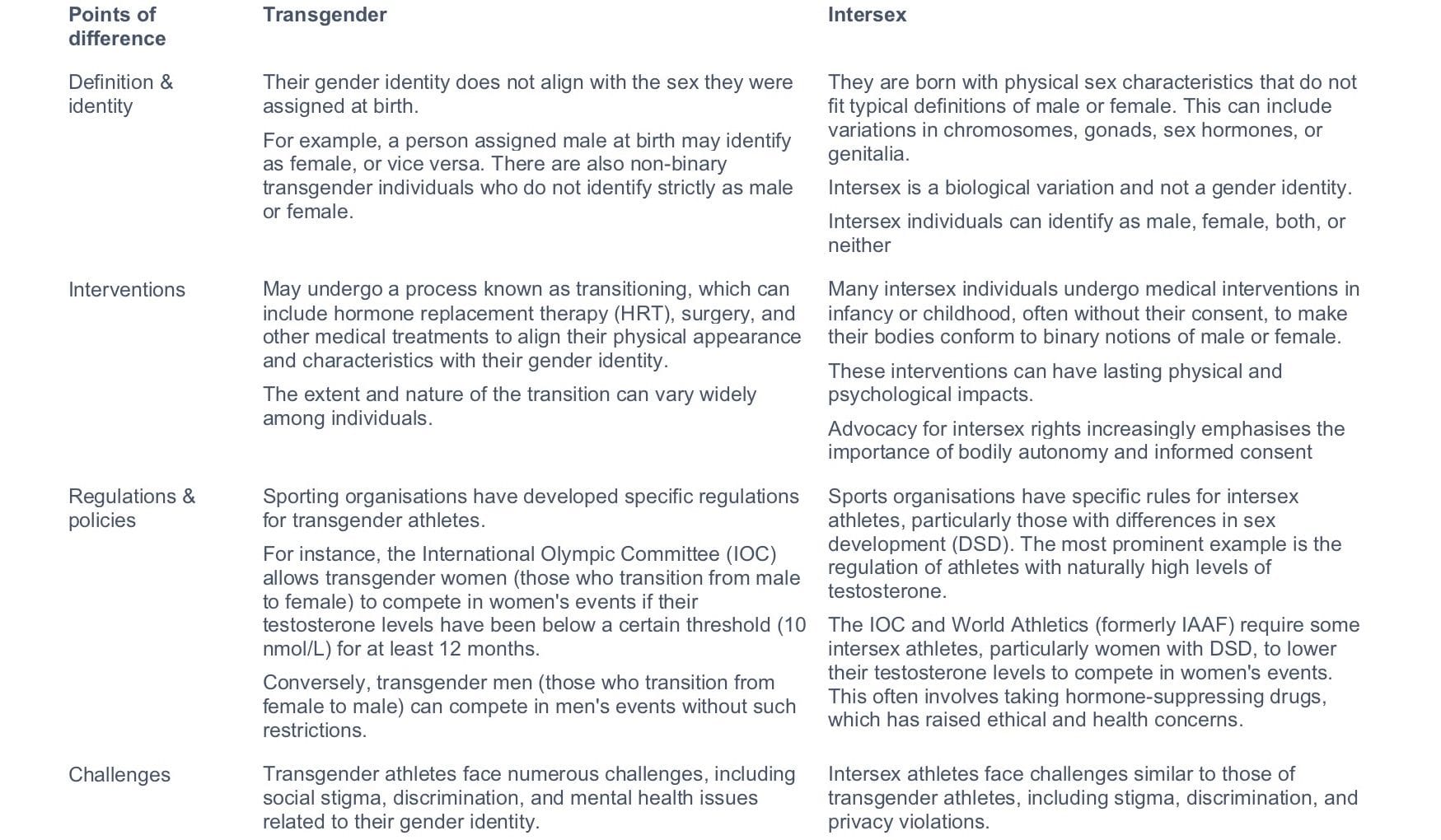
Prominent female athletes who represent “a different kind of women”
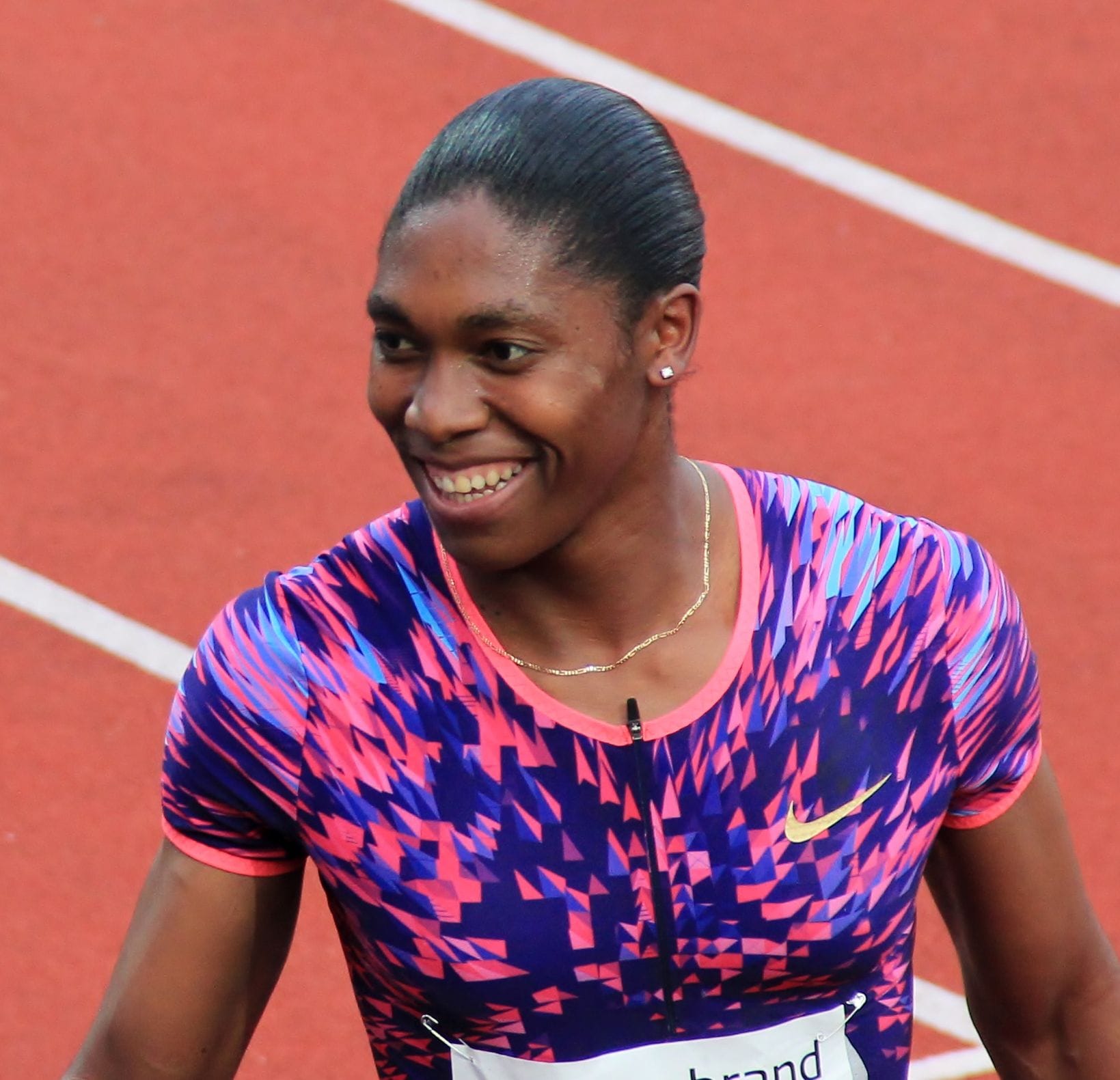
Caster Semenya: a South African middle-distance runner, perhaps the most well-known intersex athlete in the world. She burst onto the scene in 2009 when she won gold in the 800 meters at the World Championships in Berlin. However, her victory was overshadowed by controversy as her gender identity was questioned, leading to a series of invasive sex verification tests. Semenya was found to have naturally high levels of testosterone, a characteristic of some intersex conditions. This led to a prolonged legal and public battle regarding her eligibility to compete in women’s events.In 2019, the International Association of Athletics Federations (IAAF, now World Athletics) implemented new regulations requiring female athletes with naturally high testosterone levels to take medication to reduce these levels if they wished to compete in certain events, including the 400 meters to the mile. Semenya challenged these rules but ultimately lost her case at the Court of Arbitration for Sport (CAS). As a result, she has been unable to compete in her preferred events without undergoing medical intervention.
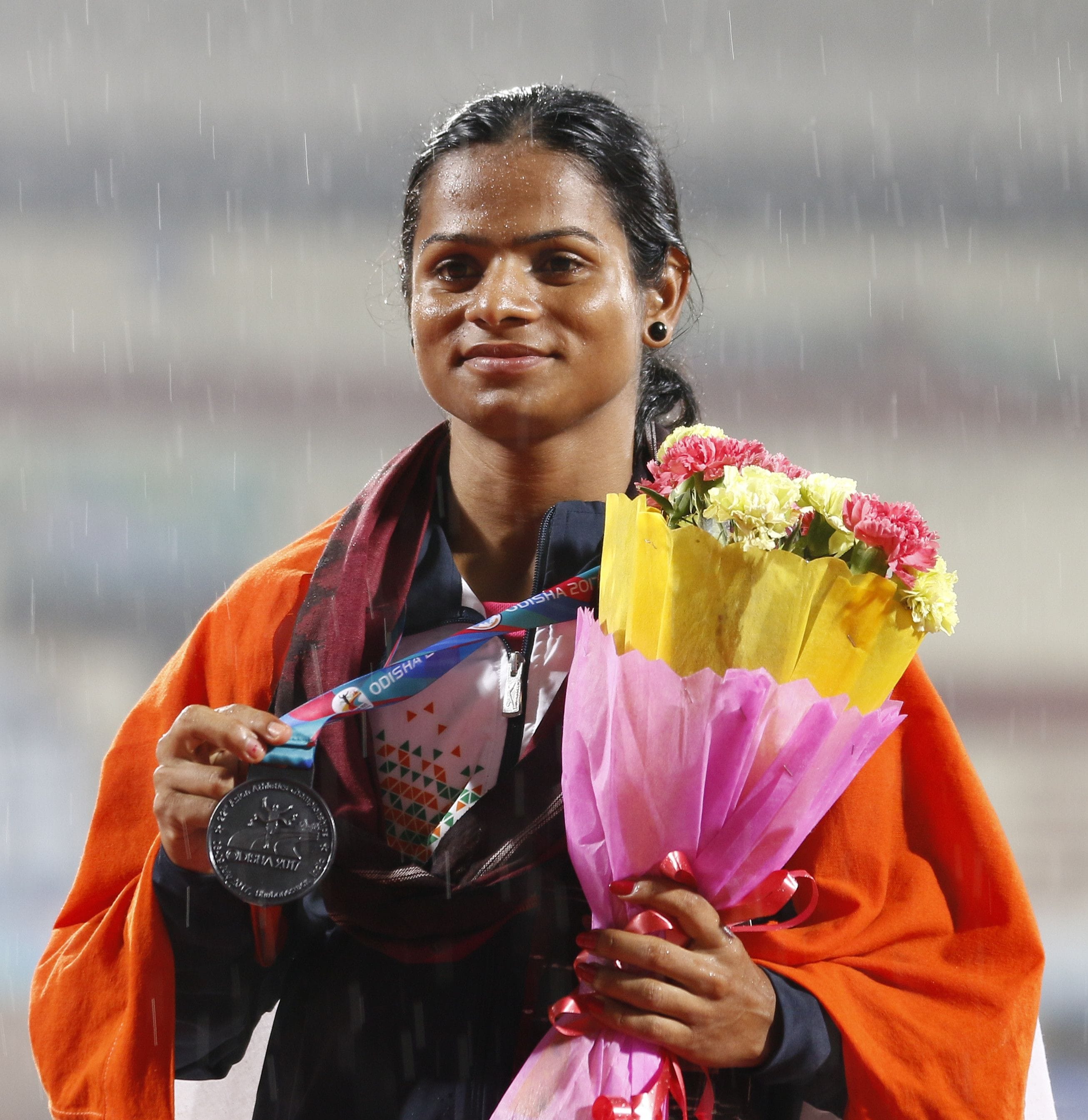
Dutee Chand: an Indian sprinter who faced similar challenges to Semenya. In 2014, she was banned from competing due to hyperandrogenism, a condition characterized by high testosterone levels. Unlike Semenya, Chand successfully challenged this decision. In a landmark case, the CAS suspended the IAAF’s regulations on hyperandrogenism, citing insufficient evidence that high testosterone provided a significant competitive advantage. Chand’s victory was a turning point, highlighting the complexity and ethical issues surrounding gender verification in sports.

Francine Niyonsaba: from Burundi, another high-profile intersex athlete. Like Semenya, Niyonsaba excels in the 800 meters, winning silver medals at the 2016 Rio Olympics and the 2017 World Championships. She, too, was affected by the IAAF’s 2019 regulations on testosterone levels. Rather than taking medication to lower her testosterone, Niyonsaba decided to switch events, moving up to longer distances like the 5,000 meters, where the testosterone regulations did not apply. Her adaptability and resilience have been widely praised within the athletics community.
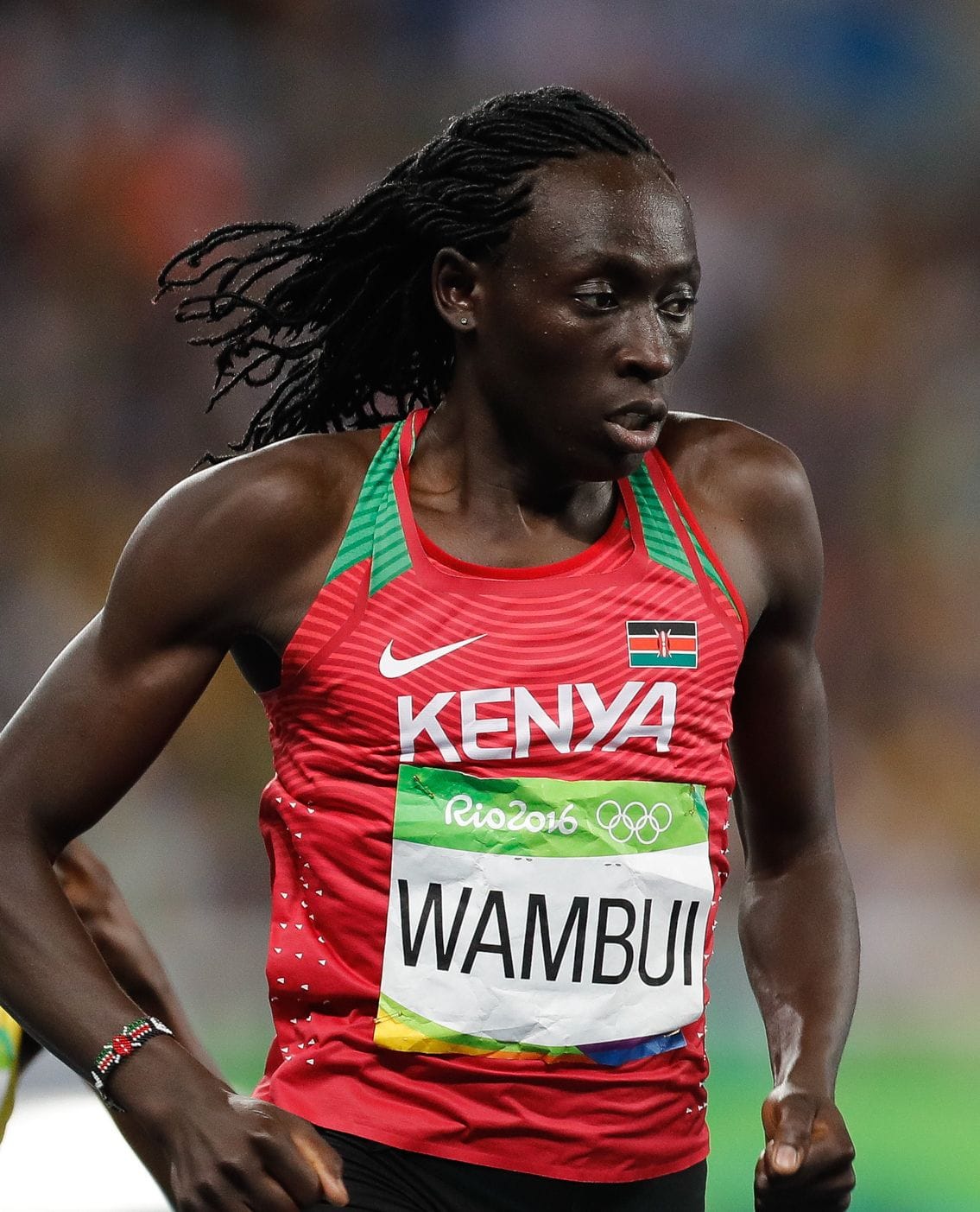
Margaret Wambui: a Kenyan runner and an Olympic bronze medalist in the 800 meters, Wambui also faced scrutiny due to her naturally high testosterone levels. Wambui has spoken out about the discrimination and challenges she faces, expressing frustration with the regulations that have barred her from competing in her preferred events. Her story is a stark reminder of the personal and professional toll that such policies can take on athletes.
Annet Negesa: a Ugandan middle-distance runner, Negesa emerged as a promising talent early in her career. In 2011, she clinched gold at the All-Africa Games in the 800 meters, showcasing her potential on the international stage. However, her journey took a tumultuous turn in 2012 when she was withdrawn from the London Olympics due to high testosterone levels. The IAAF regulations required her to undergo medical interventions to lower her testosterone, including surgery - a gonadectomy to remove her internal testes - leading to serious health complications and derailing her athletic career.
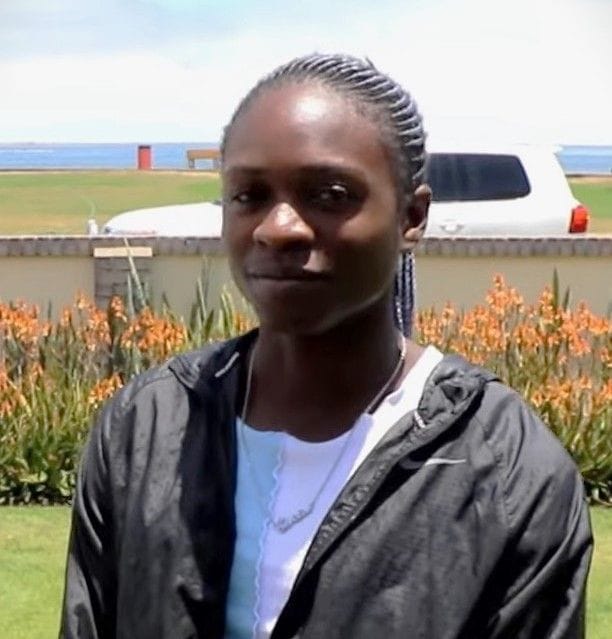
Christine Mboma and Beatrice Masilingi: both from Namibia, they have similarly faced hurdles due to their natural testosterone levels. In 2021, they burst onto the scene as formidable sprinters, with Mboma setting a world under-20 record in the 400 metres. However, their success was soon marred by controversy as World Athletics' regulations barred them from competing in events between 400 meters and one mile unless they reduced their testosterone levels. This decision forced them to pivot to shorter sprints. Mboma notably won silver in the 200 meters at the Tokyo Olympics, highlighting her adaptability and talent despite the regulatory challenges.
Impact and Future Directions
The cases of Semenya, Chand, Niyonsaba, and Wambui illustrate the ongoing debate over how to balance fairness and inclusivity in sports. While some argue that high testosterone levels provide a competitive advantage, others point out the ethical concerns of forcing athletes to alter their natural bodies.
The scientific basis for the regulations remains contentious, with ongoing research into the relationship between testosterone and athletic performance. Meanwhile, intersex athletes continue to navigate a complex landscape, advocating for their rights and striving to compete at the highest levels of their sport.
---
Image credits
Title: Plaza de la Diversidad de Murcia - Placa Caster/ Attribution: GALoPaX, CC BY-SA 4.0, via Wikimedia Commons
Title: Caster Semenya 2017. Attribution: Chell Hill, CC BY-SA 4.0, via Wikimedia Commons
Title: Dutee Chand, bronze medallist 100 m, 22nd Asian Athletics Championships, Bhubaneswar. Attribution: Athletics Federation of India, CC BY-SA 4.0, via Wikimedia Commons
Title: Francine Niyonsaba at the Rio Olympics 2016. Attribution: Fernando Frazão/Agência Brasil, CC BY 3.0 BR, via Wikimedia Commons
Title: Margaret Wambui Rio 2016. Attribution: Fernando Frazão/Agência Brasil, CC BY 3.0 BR, via Wikimedia Commons
Title: Christine Mboma at Sam Nujoma Foundation. Attribution: Kashindi Ausiku, special assistant to former Namibian president Sam Nujoma, CC BY 3.0, via Wikimedia Commons
Title: Beatrice Masilingi at Sam Nujoma Foundation. Attribution: Kashindi Ausiku, special assistant to former Namibian president Sam Nujoma, CC BY 3.0, via Wikimedia Commons
References
Camporesi S & Hamalainen M (2021). The construction of categories in sport: Unfair advantages, equality of opportunity and strict attainability. European Journal of Sport Science, 21(11), 1492-1499. https://doi.org/10.1080/17461391.2021.1943714
Enriquez, J., Gullans, S. Genetically enhanced Olympics are coming. Nature 487, 297 (2012). https://doi.org/10.1038/487297a
Granville S (8 July, 2021). Namibian teens vow to fight Olympics testosterone ban. BBC News. https://www.bbc.com/news/world-africa-57748135
Hesse M (2 May, 2019). We celebrated Michael Phelps’s genetic differences. Why punish Caster Semenya for hers? The Washington Post. https://www.washingtonpost.com/lifestyle/style/we-celebrated-michael-phelpss-genetic-differences-why-punish-caster-semenya-for-hers/2019/05/02/93d08c8c-6c2b-11e9-be3a-33217240a539_story.html
Jensen M, Schorer J, Faber IR. How is the Topic of Intersex Athletes in Elite Sports Positioned in Academic Literature Between January 2000 and July 2022? A Systematic Review. Sports Med Open. 2022 Oct 20;8(1):130. doi: 10.1186/s40798-022-00520-0. PMID: 36264373; PMCID: PMC9584019. https://www.ncbi.nlm.nih.gov/pmc/articles/PMC9584019/
Ji Z (2023). The ultimate athlete: Genetics vs. training. SHS Web of Conferences, 157, 04017(2023). https://doi.org/10.1051/shsconf/202315704017
Lamon S (17 May, 2021). Do naturally high testosterone levels equal stronger female athletic performance? Not necessarily. Institute for Physical Activity and Nutrition, Deakin University (republished from The Conversation under a Creative Commons license). https://ipan.deakin.edu.au/2021/05/do-naturally-high-testosterone-levels-equal-stronger-female-athletic-performance-not-necessarily/
Medline Plus (2022). Is athletic performance determined by genetics? Medline Plus. https://medlineplus.gov/genetics/understanding/traits/athleticperformance
Ross R (2019). 30 amazing athletes with natural physical advantages. Ask Lifestyle. https://www.ask.com/lifestyle/athletes-physical-advantages
Shalala A (12 March, 2023). Intersex runner Annet Negesa fighting for everyone’s right to compete in sport. ABC News. https://www.abc.net.au/news/2023-03-12/intersex-runner-annet-negesa-seeks-equal-rights-in-sport/102069710
Staskevish A, Wick A, & Magas N 18 May, 2019). Do Michael Phelps and Caster Semenya both share an unfair competitive advantage? The Peak, independent student newspaper of Simon Fraser University, Burnaby, British Colombia, Canada. https://the-peak.ca/2019/05/do-michael-phelps-and-caster-semenya-both-share-an-unfair-competitive-advantage/
Taylor C (25 August, 2019). How genetics could soon become the new frontier for advantage in sport. ABC News. https://www.abc.net.au/news/2019-08-25/is-there-a-gene-for-speed/11437930
| Tags:Famous AthletesHeart Health for AthletesHH4ASports Equity, Diversity & InclusionWomen in Sport Hub |


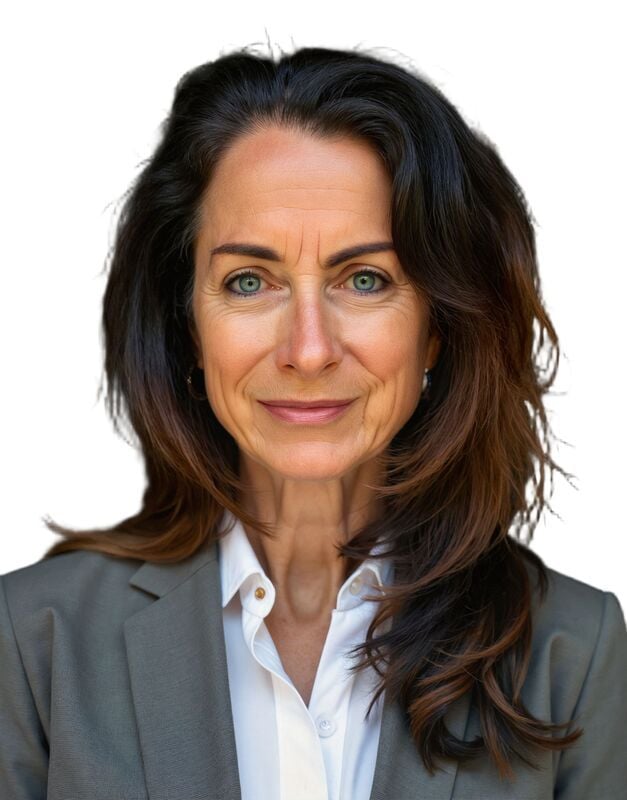)